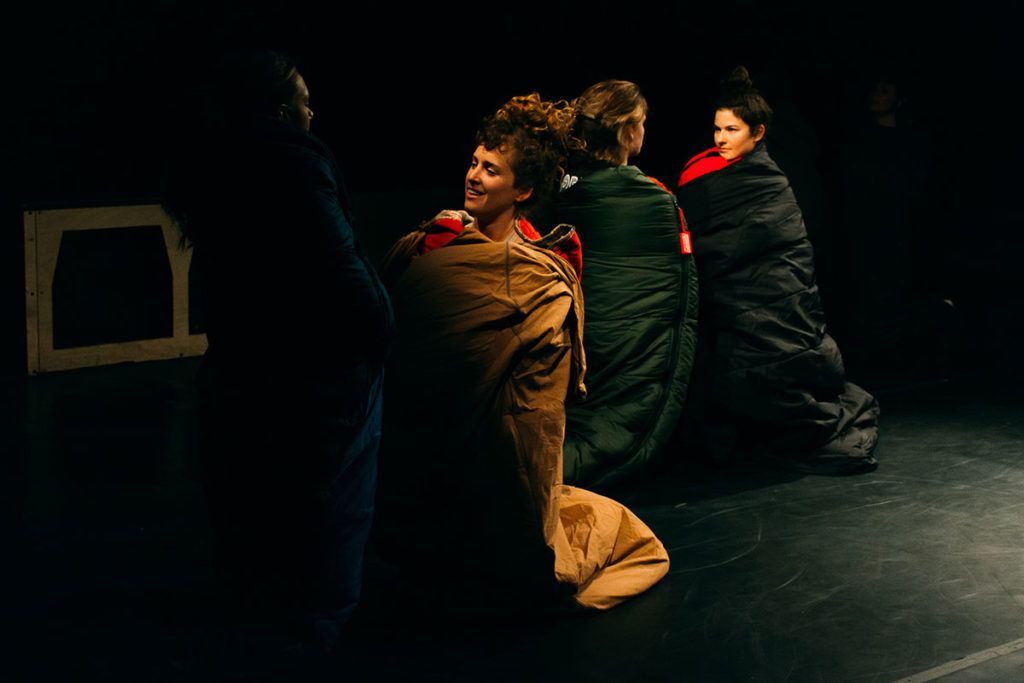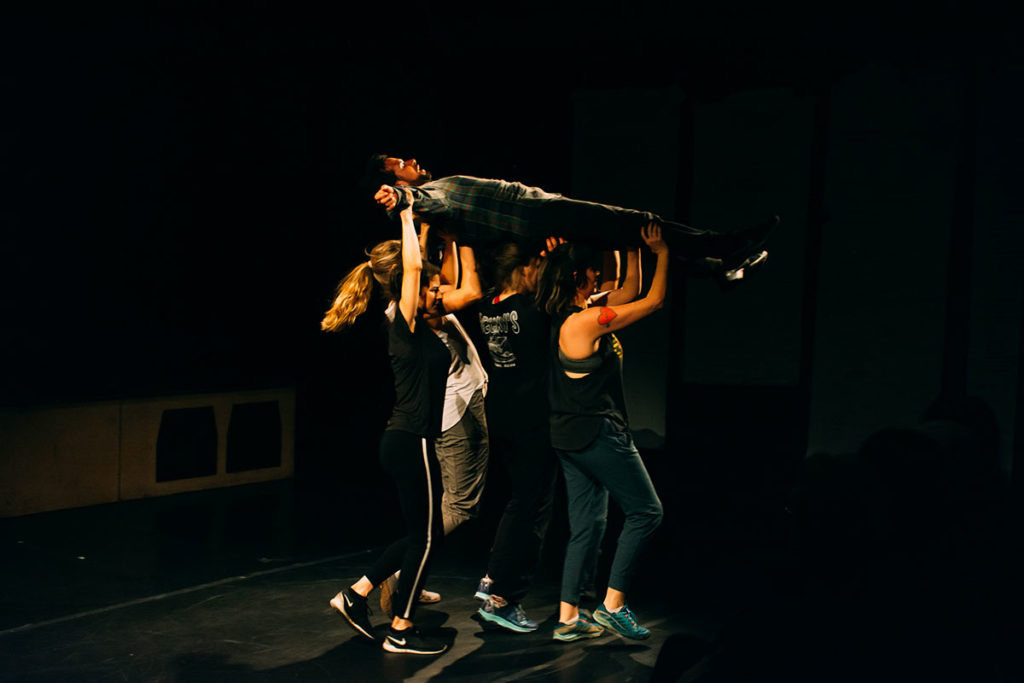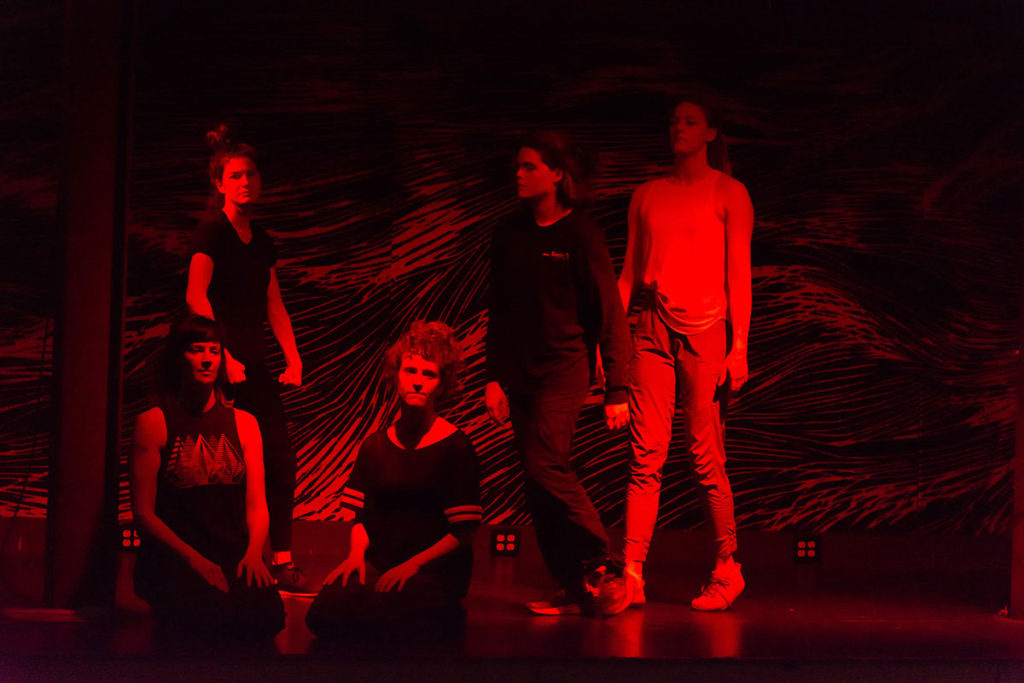by Grant Wahlquist
A few years ago, I fell in love with a work at a Whitney Biennial. I later met and became friends with the work’s maker and, casting the art world’s usual posture of seen-it-all detachment aside, outed myself as a fan and explained how important the work was to me. The artist responded kindly, but then coolly explained that the work in question was a solution to “the problem of grad school.” This isn’t to say that the work was not mature, or that it was “about” graduate art education, but that aspects of its structure were an attempt to negotiate the expectations MFA programs place on artists as they complete their thesis exhibitions — that they acknowledge their art historical genealogy, evince some sort of politics, reflect on the maker’s identity, and demonstrate research, and do all of this in a way that is logistically (read: financially) achievable in the short term and curatorially digestible in the long term. In the larger sense, the artist was acknowledging that one thing good artists know how to do is problem solve. They do not sidestep or resolve issues so they can ignore them but actively use the limitations, conditions, and obligations placed on them as they make their work such that they do not hinder but in fact generate meaning. By this measure, This is why we can’t have nice things, by Boston-based performer and performance maker Michael Figueroa, reveals him to be a very good, promising young artist. Premiered on November 7th and 8th, 2019 at SPACE in Portland (I attended the 8th), nice things deftly incorporated the circumstances of its creation.
Developed in collaboration with Maine-based dancers (Lucy Soucek, Jacqui DeFranca, Kristen Stake, Emily Brunick, and Shaina Cantino), nice things began with all five and Figueroa haphazardly arranged on the floor in sleeping bags engaged in a humorous sort of contact improvisation before quickly transitioning to a series of task-based exercises for the remainder of the work’s approximately 45-minutes. The performers chatted and interacted as they, for example, picked up audience members and moved them about the room or engaged in particular movement styles (“Let’s do some ballet!” “Oh Jesus, is this what ballet is?”). Throughout the piece, audience members were invited to participate by instructing the performers to stop what they were doing or engage in an audience-suggested activity (“whisper secrets to us in gibberish”), or to decline to participate entirely (“you can say no”). Figueroa seemed to acknowledge that these tropes of audience interaction are familiar-verging-on-cliché to audiences versed in post-Judson dance by scoring the work to well-worn or schmaltzy songs such as Enya’s “Only Time” and Billie Eilish’s “bury a friend,” though the audience was invited to suggest alternate songs by shouting them at an Amazon Alexa and the bulk of the work was performed either in silence or accompanied by speech.

If this sounds like a recipe for disaster — the two words most likely to send me running for the exit before a performance begins are “audience participation” — nice things was extraordinarily well-composed and compact. Whereas original works by recent conservatory graduates can often feel shapeless—particularly when it comes to the incorporation of text — Figueroa kept things moving at a brisk clip and inspired confidence that whatever audience interventions occurred, things would stay on track. At all times, nice things proceeded with a strong sense of direction, by which I mean not Figueroa’s work as a “director” but a feeling that the performance was part of a broader project including not only its rehearsal but the material and social circumstances of its making (at one point Figueroa remarked on the need to “fulfill all the grant requirements”) and whatever will come next. These circumstances were not only acknowledged in the text of the work itself, but also in the context of its presentation, as the room was ringed with large sheets of butcher paper apparently constituting not only the work’s score but also notes on its creation, which, per SPACE’s website, “utilized the dancers ‘hidden’ talents and source materials including Youtube videos of Merce Cunningham classes, cheerleading competitions, slapstick comedy, and videos of clinical LSD trials.”
Though Figueroa’s confidence and ambition announce him as an artist with tremendous potential, I at times wished that nice things had moved at a slightly slower pace, or had not taken on so much. If I haven’t said much about the actual quality and style of movement in the work, perhaps that is because amidst all of the speech, audience interaction, and task-shifting I found myself wanting more time to focus on the performers’ dancing. All six performers acquitted themselves well, and Figueroa’s dancing in particular has a virtuosic strength close in spirit to Michelle Boulè’s, but aside from a brief solo that ended with him grinding his hips into the floor before an audience member quickly instructed him to stop, I was so caught up with the shape of the work as a whole and vaguely anxious about the audience’s involvement that I didn’t have time to focus on the shape of its dancing. With performers as good as these, I longed for just a bit more time to relax into and be more fully absorbed by their talent. The work’s negotiation of its context and history — that is to say Figueroa’s expert artistic problem solving — did not fully give way to the sort of existential meaning-making the best art strives for and Figueroa is clearly capable of.
Of course, the distracted attention I mention above is part of not only nice things but an animating concept in Figueroa’s work as a whole. As he responded in an interview last year, “I’m interested in what happens when we multitask, how we deal with split attention and what identities emerge from these actions.”1 Here again we see echoes of Judson figures such as Yvonne Rainer, whose “resistance to the binary opposition between ‘captive’ spectator and putatively liberated viewer-participant … created an audience whose freedom was the freedom to choose what to watch,” to quote Carrie Lambert-Beatty.2 The slippage here from the viewer who can “choose what to watch” to the viewer who “multitask(s)” and “split(s)” their attention is key. It is often an admirable thing to give the viewer the freedom (and responsibility) to choose where to focus their attention, or even to be inattentive; it is another to ask them to split their attention, to never or rarely let it rest in one place for long. At some point, a viewer attending to their attention is perhaps not attentive at all.

This is why we can’t have nice things, by Michael Figueroa/Ruckus Dance premiered at SPACE on November 7–8, 2019 as part of Portland Dance Month. The work was commissioned by SPACE and Portland Dance Month, in tandem with a residency at SPACE and workshops at SPACE and the Living Room Collective.
SPACE
538 Congress Street, Portland, Maine | 207.828.5600
Open Wednesday – Friday 10am–6pm, and Saturday 12–4pm.
Portland Dance Month
October 4–November 24, 2019
Portland, Maine


